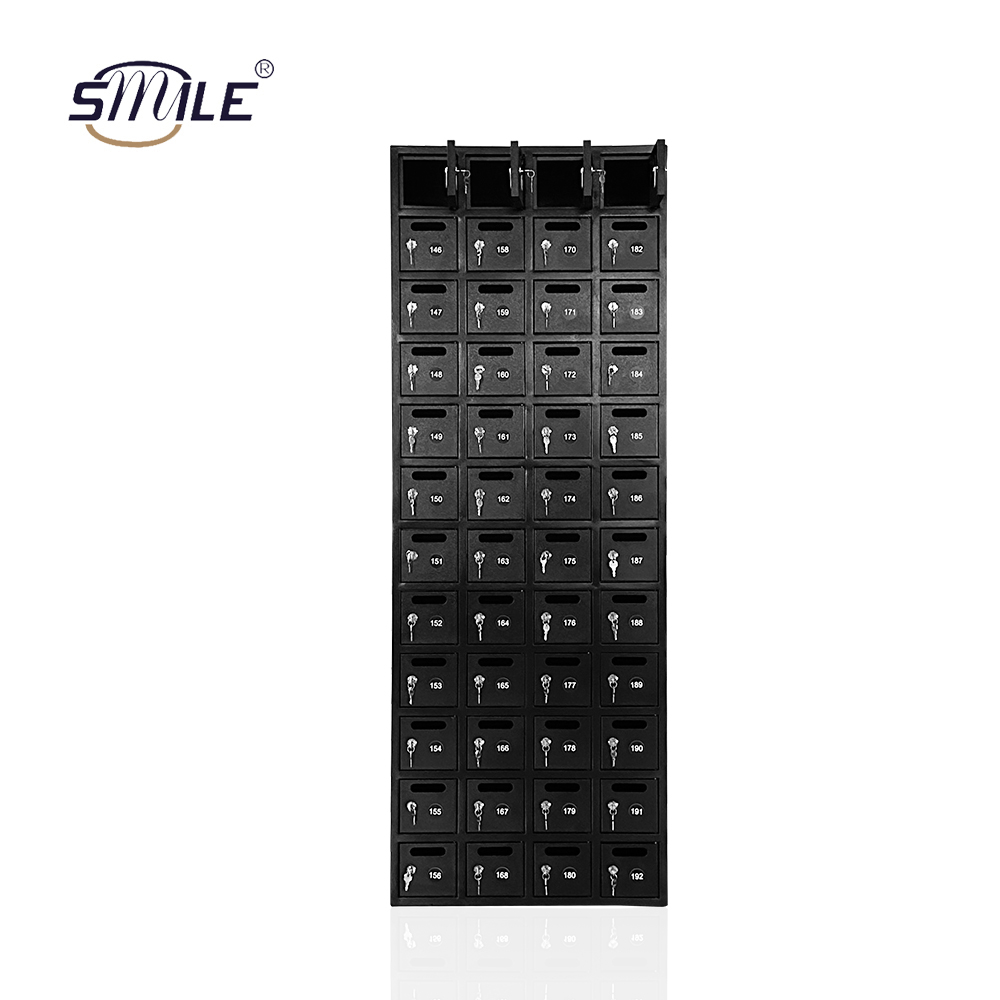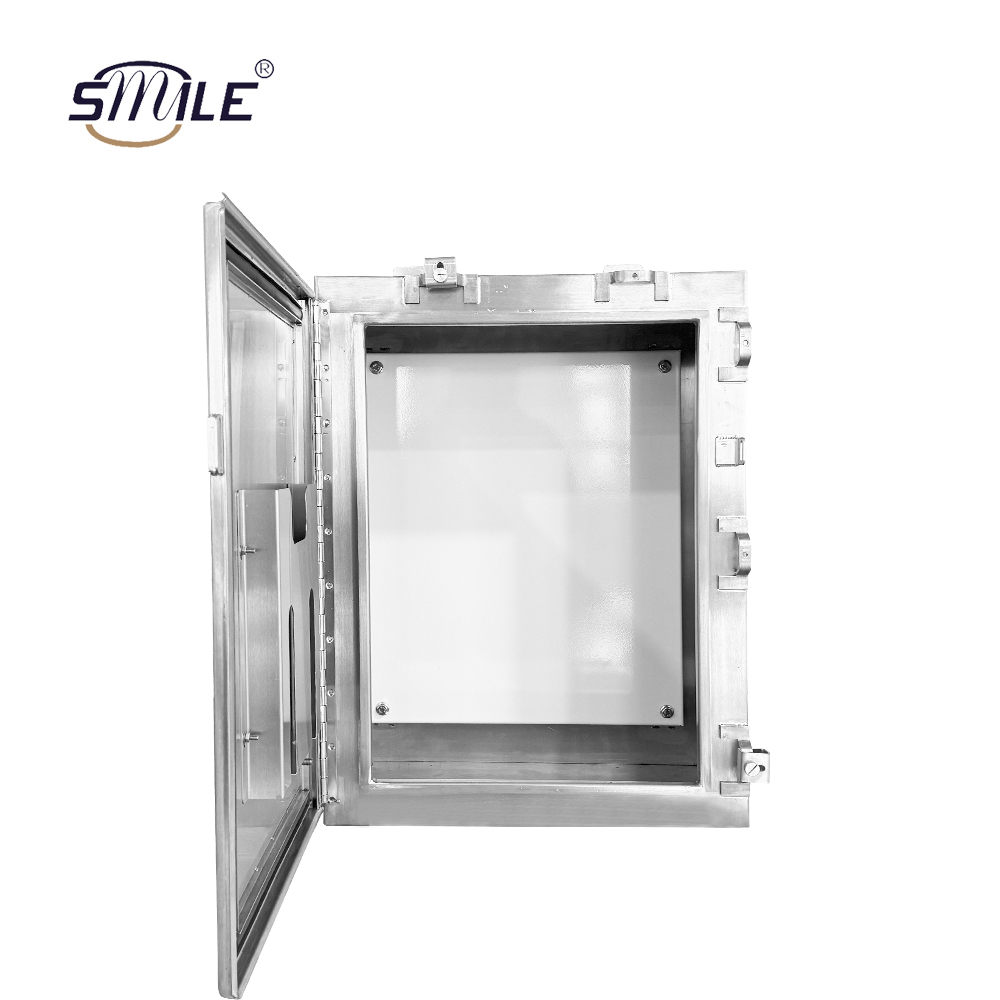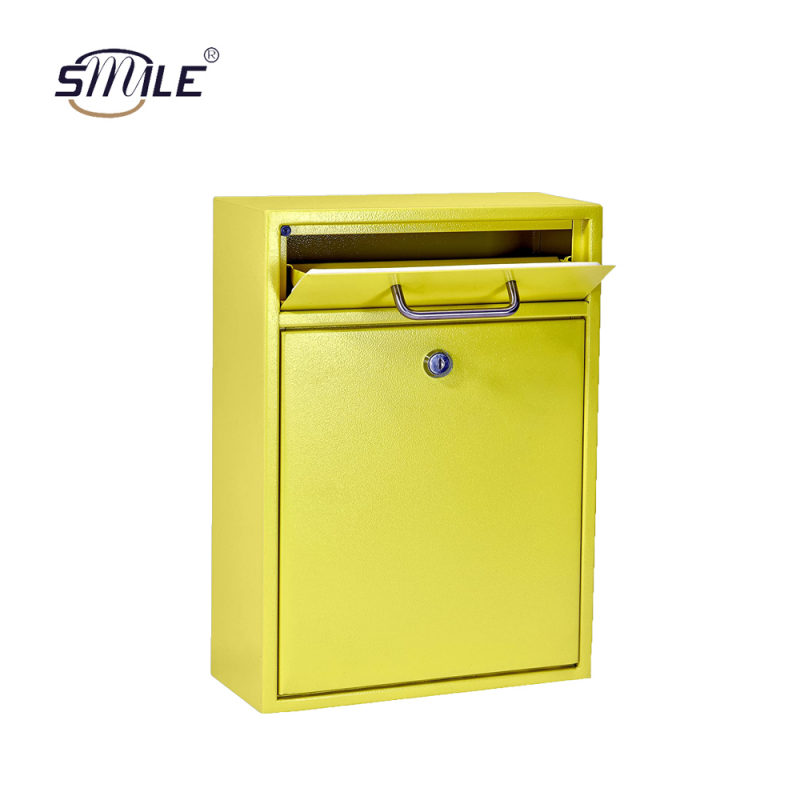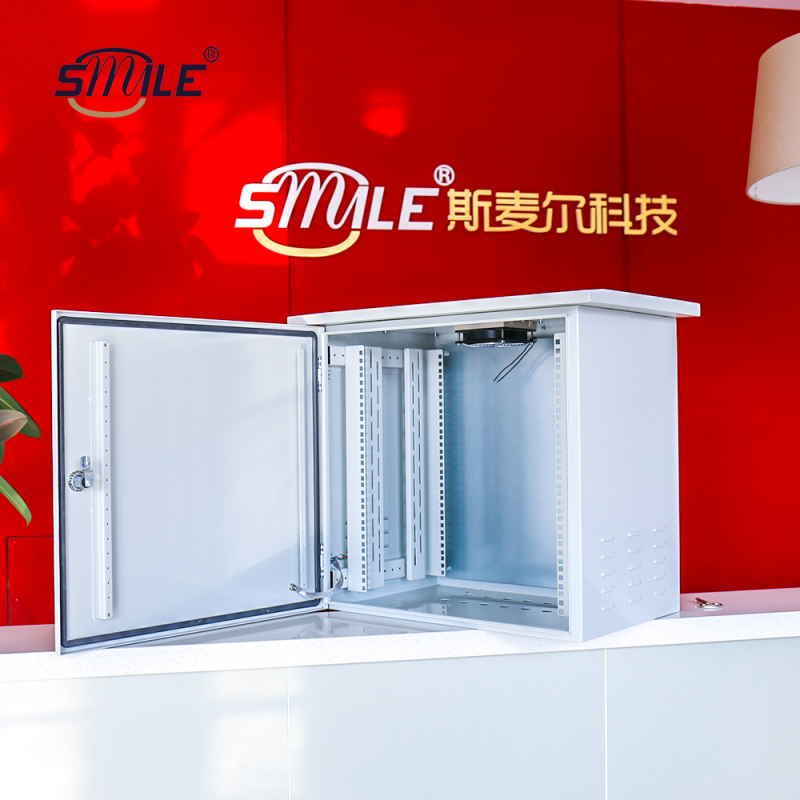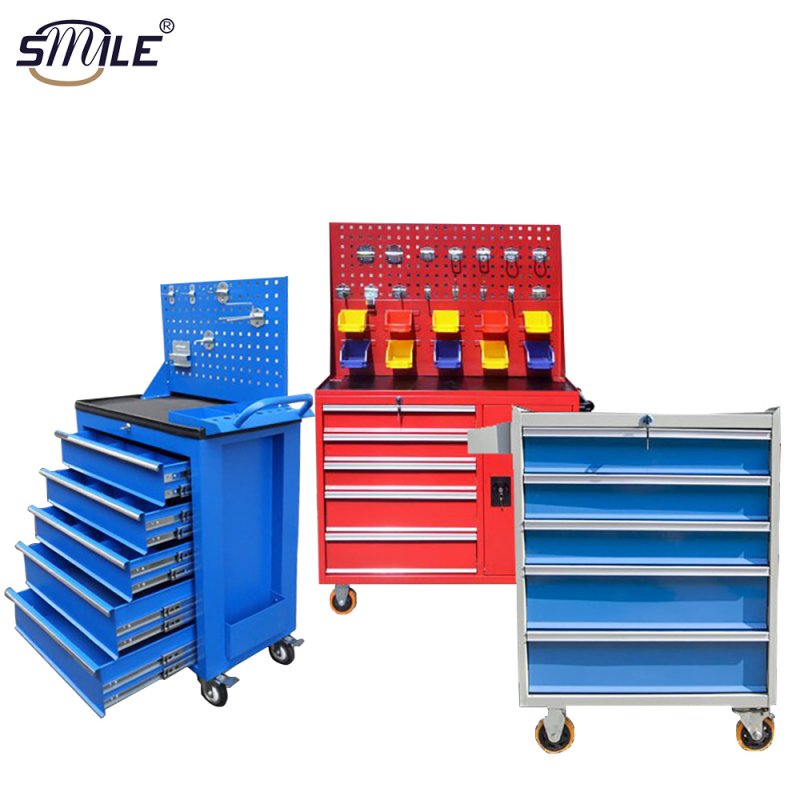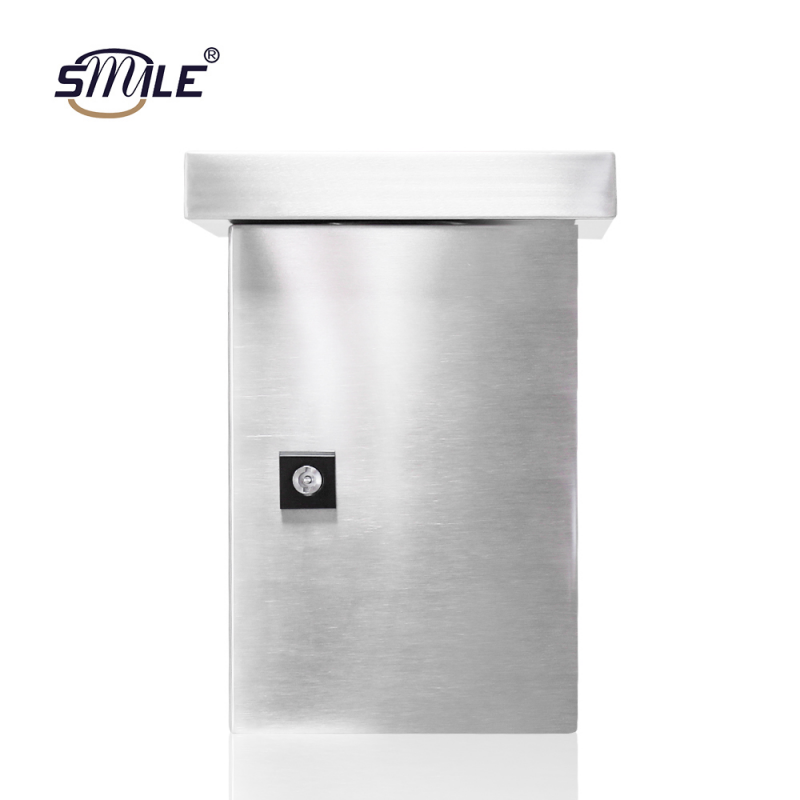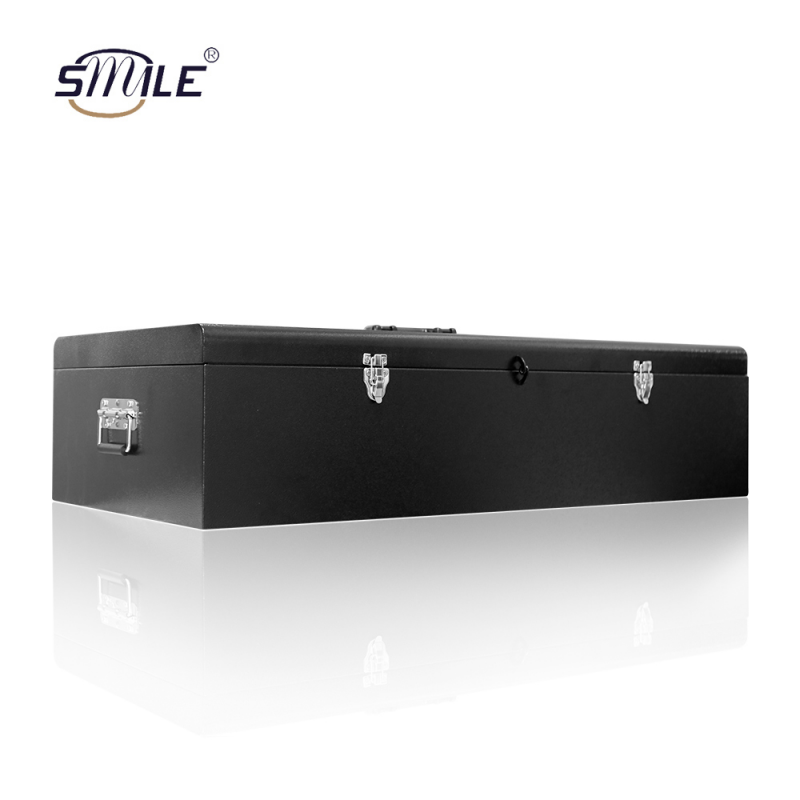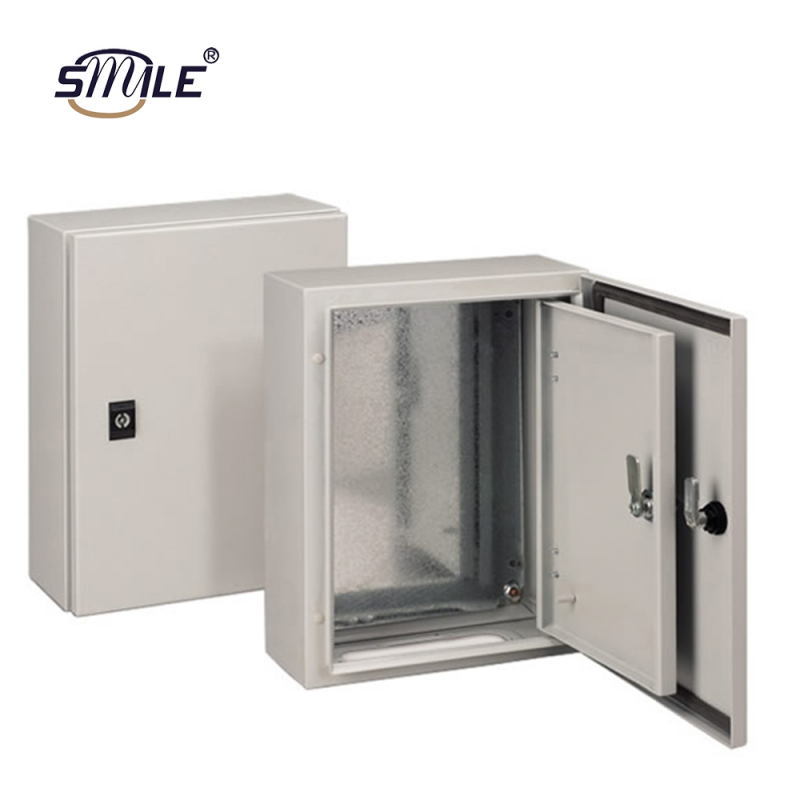In the sheet metal processing industry, stainless steel 304 and stainless steel 316 are both commonly used stainless steel materials. As a sheet metal production factory with 20 Years of Experience, CHNSMILE today will talk about the differences between stainless steel 304 and stainless steel 316.
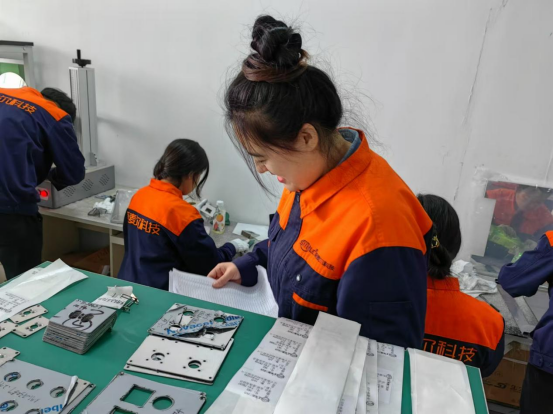
1--The most Important Price:
Stainless steel 316 is more expensive because it contains alloy elements such as molybdenum, and has good corrosion resistance. Stainless steel 304 contains more chromium (Cr) alloy elements, so it will form chromium oxide in the air, and there will be a white protective film when you look at it with your naked eyes. Compared with stainless steel 316, it is lower, about 30%-40% lower.

2--Performance Characteristics:
①Corrosion resistance
Stainless steel 304 has good general corrosion resistance and can resist corrosion from most organic acids, inorganic acids, alkalis and salt solutions.
Stainless steel 316 is even better in corrosion resistance. Because it contains molybdenum, it has stronger resistance to pitting and crevice corrosion caused by chloride ions. It is usually used for metal protective shells in ships and coastal areas.
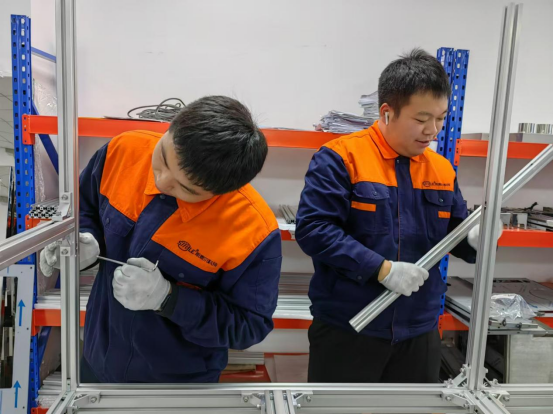
② Strength and Hardness
The strength of stainless steel 316 in high temperature environment is slightly higher than that of stainless steel 304.
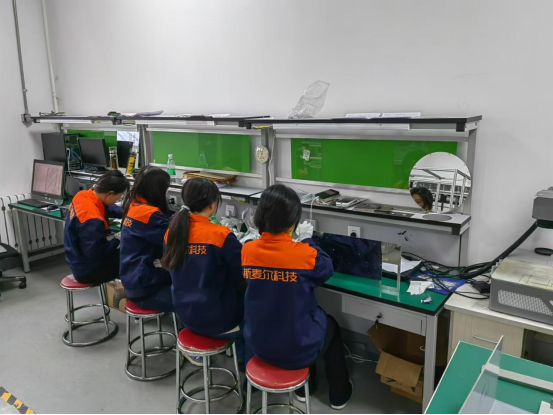
③Processing Performance
Stainless steel 304 and stainless steel 316 both have good sheet metal processing performance. CHNSMILE factory can make parts of various shapes through cutting, bending, welding, grinding and other processes. Produce products according to drawing styles and actual needs.
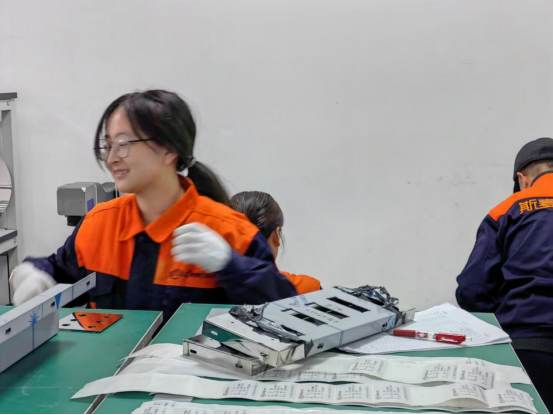
④Welding Performance
Stainless steel 304 and stainless steel 316 can be welded by common welding methods. CHNSMILE's common stainless steel welding methods include argon arc welding, gas shielded welding, laser welding and robot welding.
TIPS: CHNSMILE recommends that when welding 316 stainless steel, you need to pay attention to controlling the welding parameters to avoid burning of the molybdenum element and affecting the corrosion resistance of the welded joint.
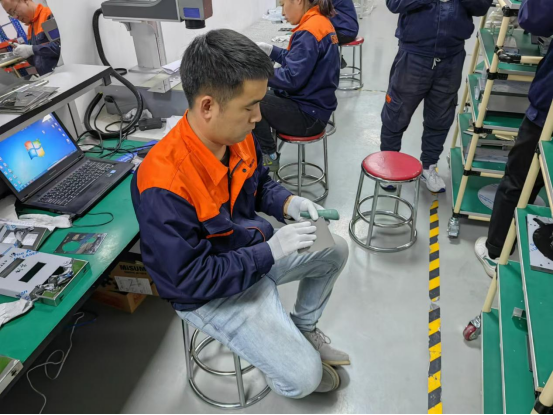
3--Use Environment:
①Stainless steel 304
Suitable for general indoor and outdoor environments, with good corrosion resistance. It can be used in dry climates, lightly polluted industrial environments, and daily life scenes.
For example, architectural decoration, kitchen equipment, electrical housing and other fields.
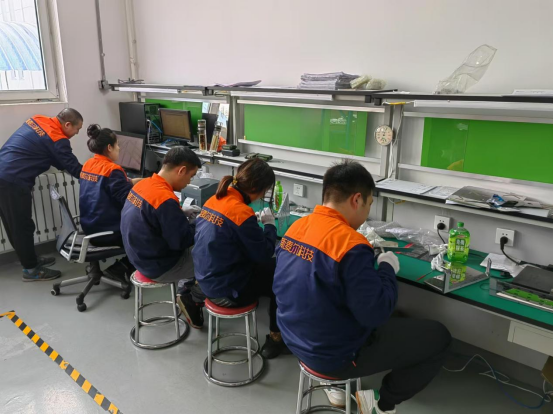
② Stainless steel 316
More suitable for use in harsh corrosive environments, especially in environments containing chloride ions. Common application scenarios include marine environments, chemical industries, medical equipment, etc. Stainless steel 316 can maintain good performance in corrosive media such as seawater, salt spray, strong acids and alkalis.

